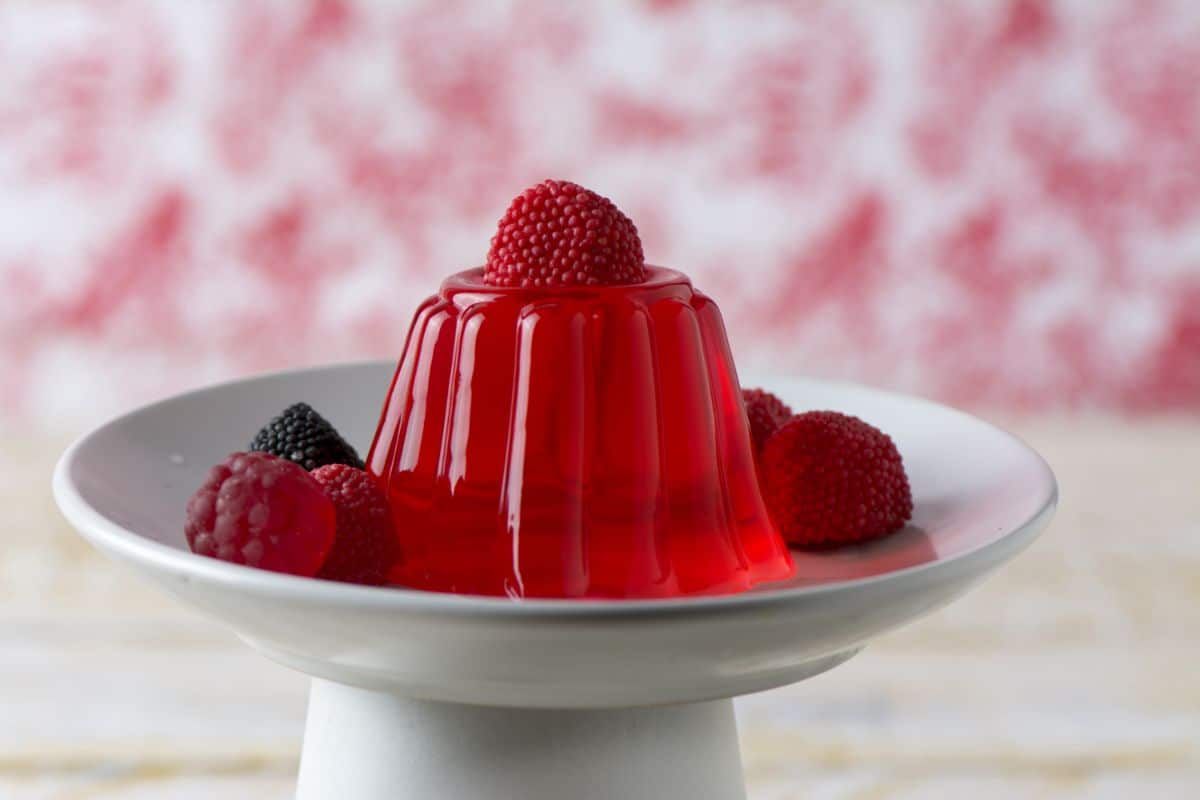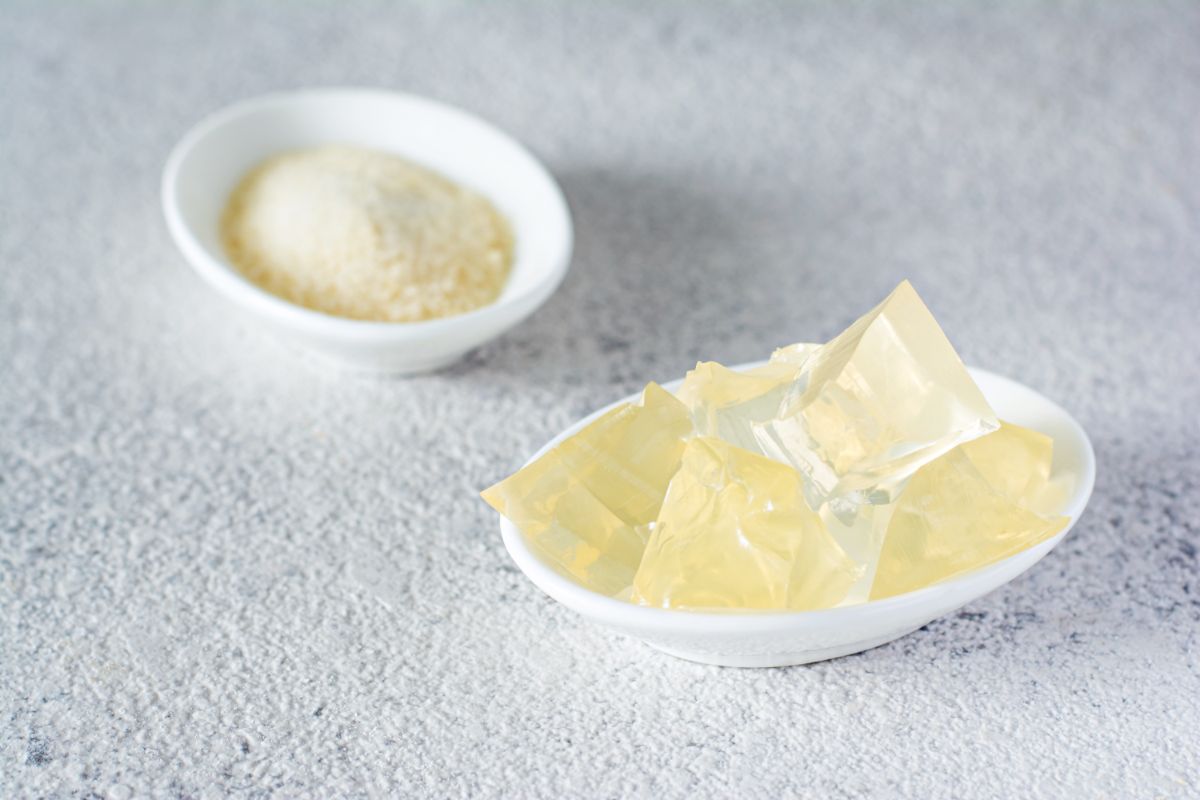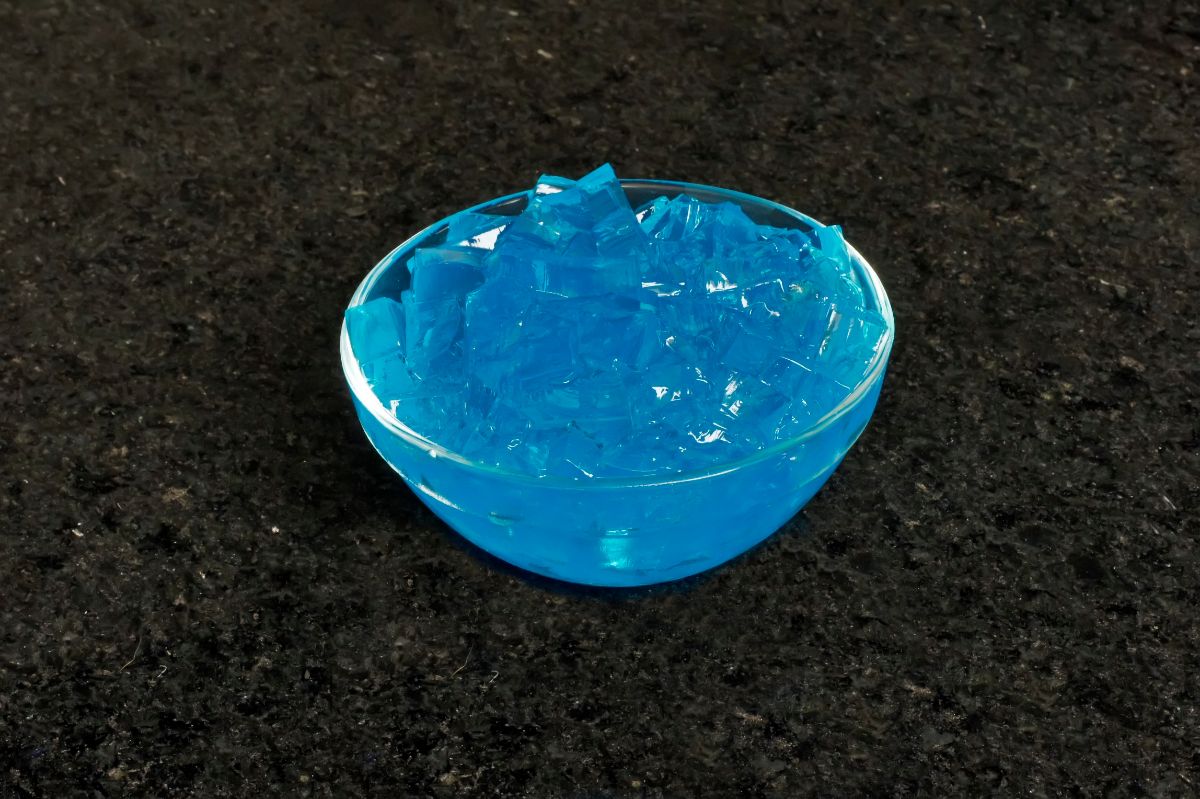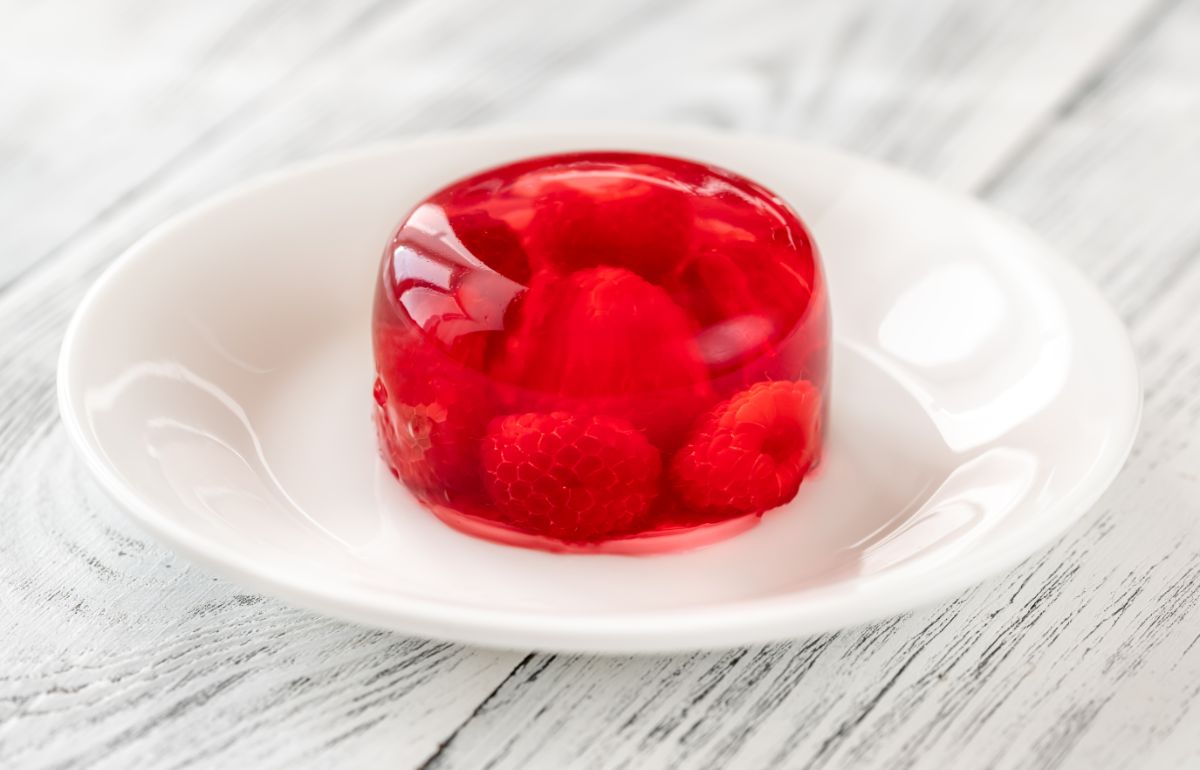In a world where we have convenience at our fingertips, you might be staring at a gelatin item in your kitchen and wondering, “Can you microwave gelatin?”

Yes, you can microwave gelatin. It tends to explode, though, so careful observation is necessary.
People sometimes confuse gelatin and collagen when working with them in the kitchen. So, we’ll help you understand the differences and when to use a microwave to melt them.
Jump to:
- Understanding Gelatin in the Kitchen
- Step-by-Step Process for Microwaving Gelatin
- Step 1: Select a Microwave-safe Bowl
- Step 2: Add Liquid
- Step 3: Pour in the Gelatin
- Step 4: Heat in Short Rounds
- Step 5: Continue with Your Recipe
- Is It Okay to Remelt Gelatin?
- Does Microwaving Gelatin Make It Toxic?
- So, Can You Microwave Gelatin?
Understanding Gelatin in the Kitchen

Before we dive into the question, “Can you microwave gelatin?” it’s important for us to establish the kind of gelatin we’re talking about.
Most people think of Jell-O when they hear the word “gelatin,” and for a good reason—Jell-O is almost exclusively composed of gelatin, as it’s a protein that manufacturers derive from animal parts. Yes, it sounds a lot grosser than it tastes.
Some people wonder if they can microwave gelatin that comes from direct animal sources. Given that gelatin is a processed ingredient from the collagen of animals, microwaving animal products with a high collagen content (the bones, skin, and cartilage) is completely fine but different from what we’re talking about here.
So, with that explanation under our belt, let’s explore how you can microwave the powder kind of gelatin you find in Jell-O.
Step-by-Step Process for Microwaving Gelatin
Gelatin naturally breaks down fast in liquids, so many people don’t feel it’s necessary to microwave it to help it dissolve. However, many recipes call for mixing gelatin with hot water, as it helps to give gelatin its springy ways.
So, that’s where microwaving gelatin is helpful. It’s also useful for the stray recipe that may call for dissolving gelatin in the microwave.
Step 1: Select a Microwave-safe Bowl

Choosing a microwave-safe container for making your gelatin is one of the most important things you can do. The good news is that the Food and Drug Administration lists several safe materials for microwaves, as long as you see a microwave-safe label on them.
They include:
- Glass
- Ceramic
- Certain plastics
Remember, you should always check that a bowl is safe for the microwave before using it, as there are variations within materials that people generally consider safe.
Step 2: Add Liquid
You should never heat up gelatin in its powdered form in the microwave; the purpose is to help it dissolve in water and heat the entire liquid, depending on your recipe.
So, follow your recipe's instructions and pour the designated amount of liquid into your microwave-safe container. In many cases, it’ll indicate you need to heat up part, but not all, of the liquid.
Alternatively, you can use three to five tablespoons of water for heating and dissolving the gelatin. The benefit of this is that it will reduce the amount of liquid that will splatter in your microwave should the gelatin explode (which is more common than you’d expect!).
Step 3: Pour in the Gelatin

Now, measure the amount of gelatin you need for the recipe and pour it into the bowl. You’ll likely see the gelatin dissolve immediately unless the liquid is extremely cold.
Some people recommend letting the gelatin sit in water for up to five minutes before microwaving it. We’ll leave it up to you and your recipe to decide how much time you should let the gelatin sit in the water before microwaving, if at all.
Step 4: Heat in Short Rounds
It’s crucial to remain beside your microwave when you heat gelatin. That’s because gelatin explodes easily, creating a mess for you and ruining the ratio of your recipe’s ingredients.
So, start by putting your gelatin in the microwave for around 30 seconds. Then, check to see how hot it is and add more time in what will likely need to be even shorter increments, if needed.
You can expect the dish that the gelatin is in to be hot, so protect your hands with oven mitts when pulling it out of the microwave. Furthermore, the gelatin might be bubbling when you remove it, so don’t get it too close to your face and eyes.
Step 5: Continue with Your Recipe
Step 5 will look different for everyone. If you used a small amount of liquid for microwaving your gelatin, you’ll need to add the remainder at this time.
Otherwise, follow the instructions on your recipe. And if you happen to be making plain ‘ole Jell-O, let the solution cool a bit before sticking it in the fridge to harden.
Is It Okay to Remelt Gelatin?

If you’ve already prepared your gelatin and then leave it to focus on another aspect of your recipe, you might come back to find it firmer than you need it to be.
In that case, remelting gelatin in the microwave makes a lot of sense, and it’s safe to do so. The only caveat is that you’ll need to transfer the gelatin into a microwave-safe container if it isn’t already in one.
Does Microwaving Gelatin Make It Toxic?
The Weston A. Price Foundation states that microwaving gelatin can make it toxic. The reason has to do with an amino acid structural change, which may become toxic to the nervous system, kidneys, and liver.
That said, there’s little supporting research on this topic, including how long you’d have to microwave gelatin for it to take on a toxic effect.
So, if you’re concerned about this, we recommend speaking with your doctor before microwaving gelatin. Or you can opt for the traditional route of heating water on the stove and pouring it over the gelatin, as you won’t have to worry about the electromagnetic microwaves.
So, Can You Microwave Gelatin?
Yes, you can microwave gelatin, although boiling water to transform gelatin into a springy substance is more common. Gelatin does an excellent job of absorbing liquids quickly, and some recipes, such as Jell-O, require you to mix cold and warm water to complete the recipe.
Just remember to be on standby to shut off your microwave if your gelatin starts splattering from the heat. It can happen quickly, so you may have to put your reflexes to the test.




